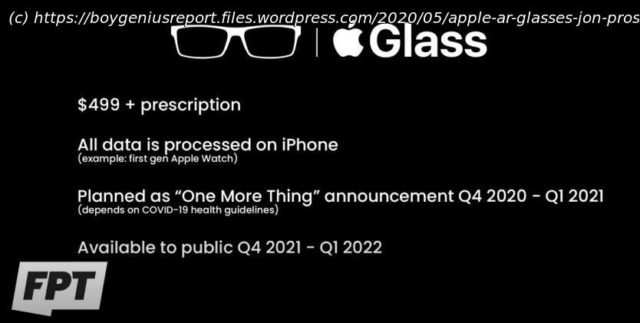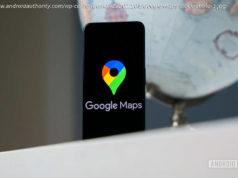The macOS Big Sur design change isn’t about turning the Mac into a touch-less iPad or unifying the two platforms. The unified interface across iPhone and Mac paves the way for the next generation of computing, one that might not be dominated by the iPhone.
Apple making the switch from Intel to its own silicon for the entire Mac lineup was easily the most exciting thing that happened at WWDC 2020 earlier this week. We knew it was coming, so it wasn’t necessarily a surprise. The real shock was macOS Big Sur, which received its most significant redesign in years. The change is so massive that Apple finally moved away from its macOS 10.x numbering scheme. Big Sur is macOS 11, a change Apple quietly teased on stage during the ARM segment — but Craig Federighi never mentioned the number of during the event.
Once you get the Big Sur upgrade, the Mac will have a user interface that’s nearly identical to iPhone and iPad. Some people might not appreciate the fact that macOS is losing its personality, or that Apple is merging Mac and iPad while insisting that’s not the plan. But in the grand scheme of things, unifying the user interface and user experience makes sense. It’s bigger than the Mac or iPad or iPhone. I suspect that Apple needs Mac’s help to “kill” the iPhone in the coming years (I don’t mean that literally). And the Mac won’t go anywhere when it happens.
To sum up, Big Sur Macs will look almost exactly like iPads when it comes to the overall user interface. The icons and many of the Apple apps will look the same. Even the Control Center will look like it was lifted straight from iPadOS. The only thing missing from the Mac is the touchscreen, but that’s something that Apple said it would never do. It made that clear just last year when it confirmed the Mac and iPad won’t be merging.
macOS Big Sur running on a MacBook. Image source: Apple Inc.
Later this year, the Mac will run on ARM, just like iPhone and iPad, which means it’ll also get access to iOS apps. Separately, iPadOS is becoming more like the Mac. The tablet is practically a laptop when you add Apple’s Magic Keyboard to it. It supports mice and external keyboards, and it does its own form of multitasking.
But despite the Big Sur surprise, Apple will keep making Macs for some time to come. As good as iPads are, Macs are better, and some people will always need them. The significant design change, however, teases something entirely different — Apple is preparing for the imminent future of computing.
macOS Big Sur features roundup from WWDC 2020.
When Steve Jobs announced the iPhone in 2007, it shattered the smartphone paradigm. The iPhone virtually killed BlackBerry, Windows Mobile, Palm, and Symbian right then and there. Android was all that remained, and that’s just because Google was quick enough to ditch its BlackBerry replica and replace it with a touch-first version of Android. Apple has launched several major products since then, including iPad, Apple Watch, and AirPods. None of them were as big as iPhone, though all of them redefined their respective industries.






